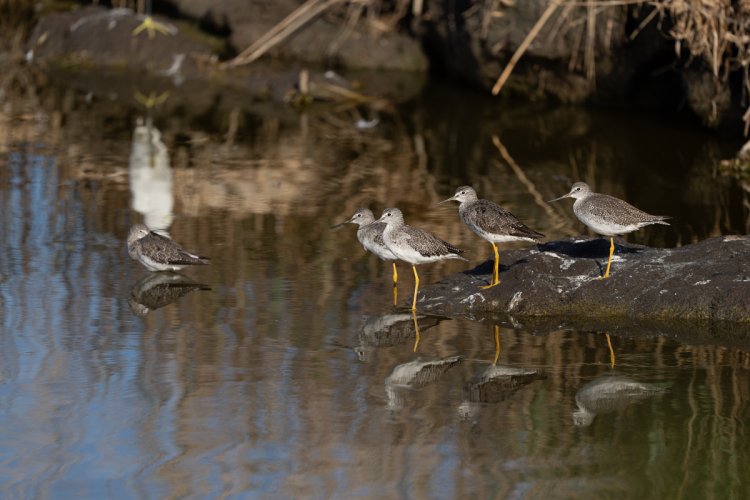If you are a "subject isolation" freak, welcome to a 600 f/4 and enjoy carrying that load with the camera/lens across your back and the tripod legs running interference in front of you. There is really no other way to get the subject isolation desired.
If you want light weight, small size and flexibility choose the OM-1/100-400 F/5-6.3 and be prepared to make sure your exposure is perfectly set as bright as can be and get familiar with using noise reduction software in your post processing.
Both approaches will take different, but pleasing images of the same scene.
Every other choice will move towards the middle. Use a 500-800pf on a Z-9, you won't get the same subject isolation that a F4 lens gives you, but the rig will be much lighter and, for some, hand-holdable. Substitute a 150-400 F/4.5 for the 100-400 f/6.3 and you will have less noise and better subject isolation but with a heavier and bulkier rig.
If you are willing to give up the flexibility of a zoom, the OM-1/300F4 is only slightly heavier and no less maneuverable than the 100-400 F/5-6.3 and is a good compromise if the specific 600mm reach is appropriate. It is not, however, the equivalent of a FF/600 F4.
Tom
If you want light weight, small size and flexibility choose the OM-1/100-400 F/5-6.3 and be prepared to make sure your exposure is perfectly set as bright as can be and get familiar with using noise reduction software in your post processing.
Both approaches will take different, but pleasing images of the same scene.
Every other choice will move towards the middle. Use a 500-800pf on a Z-9, you won't get the same subject isolation that a F4 lens gives you, but the rig will be much lighter and, for some, hand-holdable. Substitute a 150-400 F/4.5 for the 100-400 f/6.3 and you will have less noise and better subject isolation but with a heavier and bulkier rig.
If you are willing to give up the flexibility of a zoom, the OM-1/300F4 is only slightly heavier and no less maneuverable than the 100-400 F/5-6.3 and is a good compromise if the specific 600mm reach is appropriate. It is not, however, the equivalent of a FF/600 F4.
Tom




